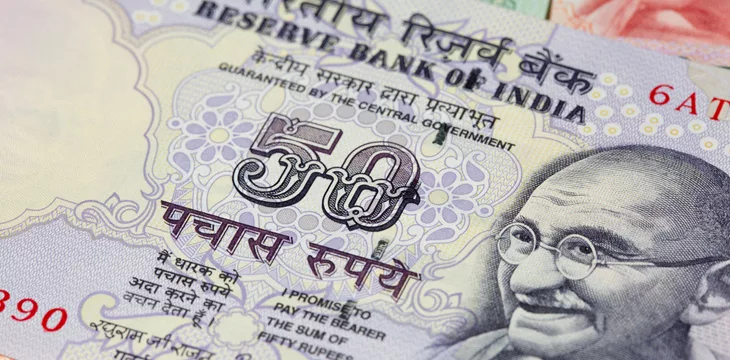|
Getting your Trinity Audio player ready...
|
The Reserve Bank of India (RBI) is amplifying the reach of its central bank digital currency (CBDC) studies following disclosures that it intends to explore their usage in cross-border payments.
India’s central bank is keen on experimenting with multiple CBDC use cases outside the purview of domestic payments, according to a report by Economic Times. RBI Governor Shaktikanta Das revealed that cross-border functionality in the digital rupee is a leading area of interest, given the potential to improve international transactions.
“Cross-border payments will also become much quicker, more seamless, and very cost-effective,” Das noted. “That is another area where a lot of attention needs to be given. We are constantly in dialogue with other central banks that have introduced or are introducing CBDCs.”
The RBI has teamed up with the United Arab Emirates (UAE) to encourage joint studies on using CBDCs to settle international payments. Both nations have enough economic incentives to explore cross-border functionalities, given the number of international remittances flowing between them due to a growing Indian migrant population.
The latest plans come barely seven months after the central bank began retail and wholesale CBDC pilots. Despite notching 50,000 retail users within the first 60 days, the RBI noted that it would adopt a slow-and-steady approach to mitigate potential risks.
With the pilot expanding to new cities, the banking regulator is set to onboard 1 million CBDC users before the end of the month despite having less than $1 million digital rupee in circulation.
On the wholesale side, the Indian central bank’s pilot has scored impressive wins since its launch. The RBI is exploring the use of the digital rupee for settlements of government bond transactions, money market funds, and short-term lending.
“We want to have as many use cases as possible,” RBI Deputy Governor T. Rabi Sankar previously said. “We will try account-based CBDC. We hope to launch that. That pilot, it was not intended to move banks and others away from (the) existing NDS-OM”
Cross-border payments are driving the CBDC craze
A study from the U.S.-based Atlantic Council noted a significant spike in CBDC development following the imposition of sanctions on Russia for its invasion of Ukraine. Keen on ways to circumnavigate the sanctions, Russia’s central bank turned its gaze on CBDCs to facilitate international payments.
“Since Russia’s invasion of Ukraine and the G7 sanctions response, wholesale CBDC developments have doubled,” the report read.
Other reasons behind the increasing interest in CBDCs include a dwindling use of cash and the increasing dollarization and ‘cryptoization’ of local economies. Over 120 central banks have begun CBDC research, drawn by the prospects of financial inclusion and to augment falling cash usage.
To learn more about central bank digital currencies and some of the design decisions that need to be considered when creating and launching it, read nChain’s CBDC playbook.
Watch: Blockchain provides perfect foundation for CBDC

 07-08-2025
07-08-2025 





